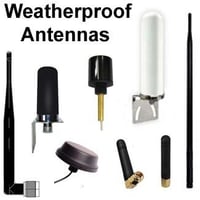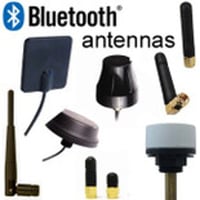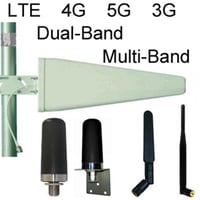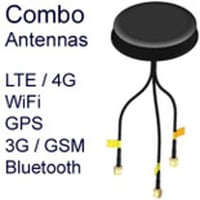Mounting Supplies
Sealants for Antenna Mounts / Bases
Using the right sealant ensures the longevity and reliability of your antenna installation by protecting it from moisture ingress and environmental wear.
-
Silicone Sealants
- Properties: Flexible, waterproof, and resistant to temperature extremes.
- Usage: Ideal for sealing gaps and joints around antenna mounts, especially on rooftops and outdoor installations.
- Examples: GE Silicone II, DAP Silicone Plus.
-
Polyurethane Sealants
- Properties: Strong adhesion, durable, and resistant to weathering and UV radiation.
- Usage: Suitable for sealing joints and providing a watertight barrier around antenna mounts, particularly in harsh environmental conditions.
- Examples: SikaFlex-291, 3M Marine Adhesive Sealant 5200.
-
Butyl Rubber Sealants
- Properties: Flexible, non-hardening, and excellent water resistance.
- Usage: Often used for sealing around cable entry points and base of antenna mounts to prevent water ingress.
- Examples: Dicor Butyl Tape, Gardner Bender Duct Seal Compound.
-
Acrylic Sealants
- Properties: Paintable, good adhesion, and moderate flexibility.
- Usage: Used in less demanding outdoor applications or where aesthetic considerations are important (since they can be painted over).
- Examples: DAP Alex Plus, Red Devil Acrylic Latex Sealant.
Application Tips
- Surface Preparation: Ensure the surface is clean, dry, and free of dust, grease, or old sealant residues. Use appropriate cleaners if necessary.
- Temperature: Apply the sealant at recommended temperatures (usually between 40°F and 100°F or 4°C and 38°C) for optimal performance.
- Application: Use a caulking gun for precise application. Apply a continuous bead of sealant along the mounting base and around any openings or joints.
- Smoothing: Use a smoothing tool or your finger (dipped in soapy water) to smooth the sealant bead and ensure good adhesion.
- Curing Time: Allow the sealant to cure as per the manufacturer’s instructions before exposing it to water or severe weather conditions.







